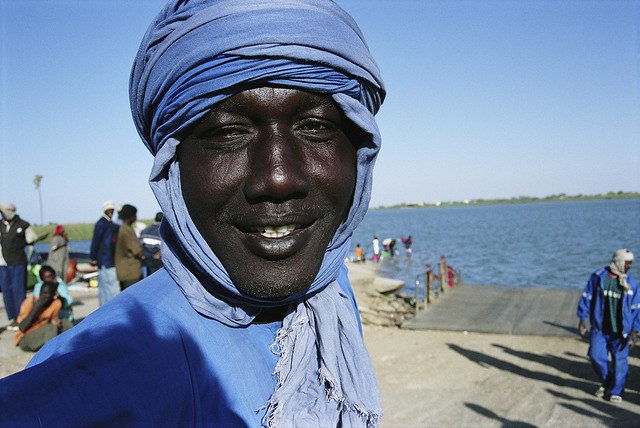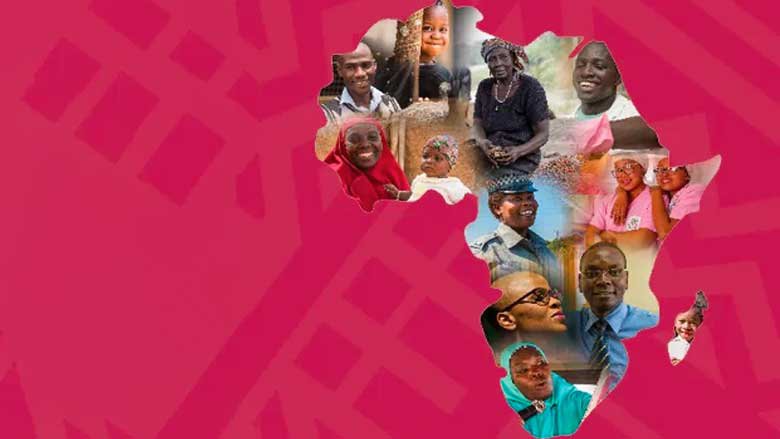Over the past decade, C?te d¡¯Ivoire has quietly but steadily transformed its economy. As the world¡¯s leading cocoa producer, the country has recorded one of the fastest and most sustained economic growth rates in Sub-Saharan Africa for over ten years. With an average real GDP growth of 8.2% between 2012 and 2019, C?te d¡¯Ivoire managed to contain the COVID-19 pandemic and maintain a positive growth rate of 2% in 2020. In 2021, the country returned to its strong growth trajectory and continues to play a central role as a regional economic hub and a destination for many nationals from member countries of the Economic Community of West African States (ECOWAS). C?te d¡¯Ivoire has embarked on an ambitious economic transformation program, aiming to go beyond its status as a raw material exporter to become a key player in global value chains.
Today, C?te d¡¯Ivoire is reinventing itself as a leader in cashew processing, with exports of processed products reaching over 330,000 tons.
Economic Situation
C?te d¡¯Ivoire has maintained a resilient trajectory despite global disruptions, with an average real GDP growth of 6.5% between 2021 and 2023. Although this rate remains below pre-pandemic levels, it surpasses regional and global averages. Outlooks remain positive, with growth projected to exceed 6%, driven by dynamic public and private investment and strong private consumption. This resilience is further supported by declining inflation and rising producer prices, linked to increased international cocoa prices. Budgetary and structural reforms have strengthened investor confidence.
Growth is projected at 6.5% between 2024 and 2026. To meet its 2030 goals, including halving poverty, the government will need to deepen reforms and expand fiscal space.
Political Situation
C?te d¡¯Ivoire¡¯s political and social climate has remained stable since the unrest surrounding the controversial 2020 presidential election. The country is now preparing for the next election, scheduled for October 2025. Incumbent President Alassane Ouattara, in power since 2010, has yet to confirm whether he will seek a fourth term. He remains the favored candidate of the Rally of Houphou?tists for Democracy and Peace (RHDP).
Among the key opposition figures are former Credit Suisse CEO Tidjane Thiam, now head of the Democratic Party of C?te d¡¯Ivoire (PDCI), and former President Laurent Gbagbo, who is running under the banner of the African Peoples¡¯ Party ¨C C?te d¡¯Ivoire (PPA-CI). Although acquitted by the International Criminal Court (ICC) and pardoned by Ouattara, Gbagbo has not received a full amnesty for his role in the 2010 post-election crisis, raising questions about his eligibility.
Last Updated: Apr 03, 2025








